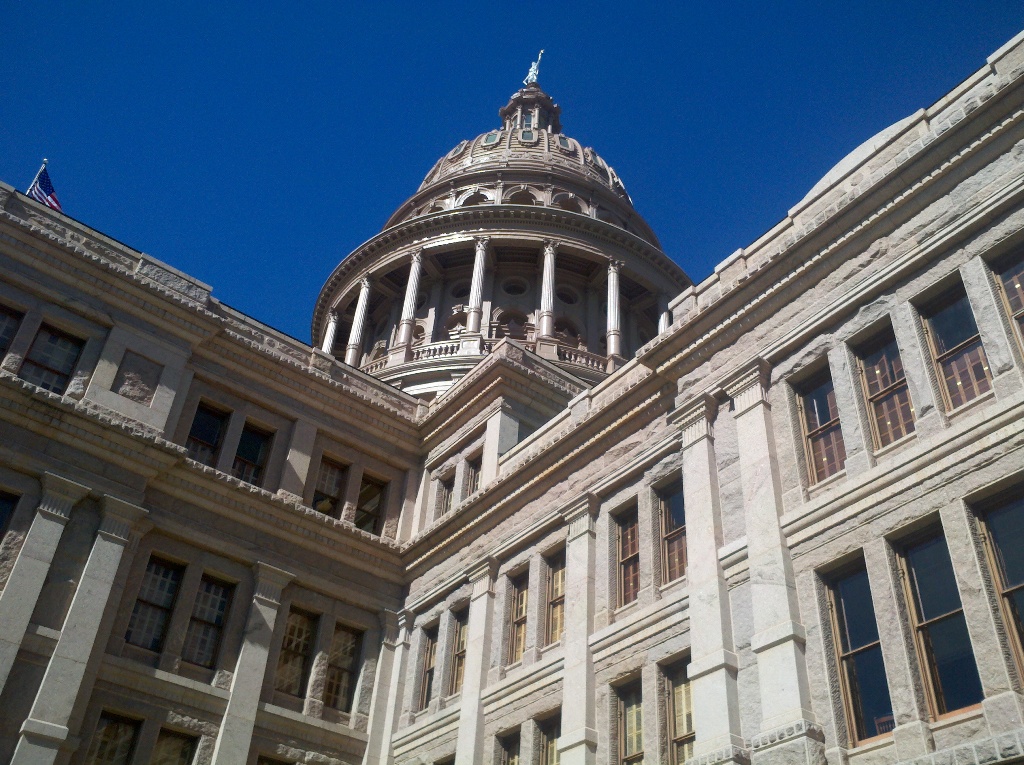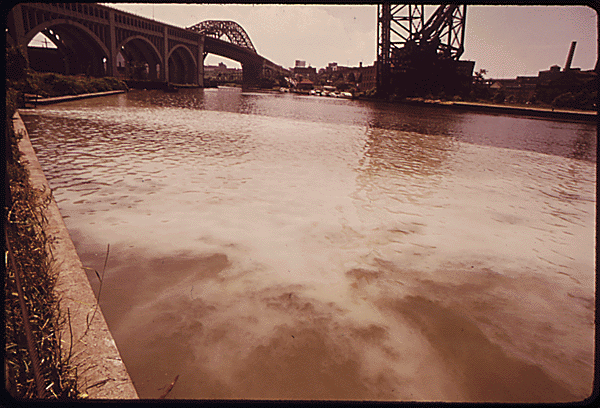Texas Legislature Discusses Drought, Water Planning, Reservoirs
Consecutive hot, dry years have Texas lawmakers pondering billions of dollars in water projects.

Climate change has made the ongoing drought worse in Texas because warmer temperatures increased evaporation rates from the state’s rivers, fields and reservoirs, John Nielsen-Gammon, the state climatologist, told Texas lawmakers at a public hearing on drought Tuesday morning at the state Capitol in Austin.
“The only solid connection from climate change is heat,” Nielsen-Gammon told Circle of Blue after a joint meeting of the House and Senate Natural Resources committees.
The purpose of the joint hearing was threefold:
- to gather information on the drought, which currently affects three-quarters of the state,
- to learn how communities are addressing drought conditions,
- to get an update on the state water plan, which was published last year and is a point of emphasis for the current legislative session
During the hearing, committee members were barred from speaking about any proposed bills or legislation that the committee might consider.
The Rate of Warming
Nielsen-Gammon said that the rate of warming for Texas and the southeastern U.S. has lagged behind the rate of warming for the rest of the world, in response to a question about global warming from Rep. Trey Martinez Fischer, a Democrat from San Antonio. This lag is due to natural variations in ocean temperatures and increased dust from land use changes, which has dampened the regional temperature rise, Nielsen-Gammon said. Average temperatures in Texas have increased 1.5 degrees Fahrenheit since the 1970s.
But does this mean that future warming in Texas will happen at a faster rate than the global average?
“To the extent that the cooling effect is natural, it can’t go on forever,” Nielsen-Gammon told Circle of Blue. “But at an increased rate? Only if the entirety of the cooling is due to natural variation. We don’t know enough about everything that contributes to the temperature variations, but it is certainly possible that temperatures here increase faster than the global average.”
At the same time, precipitation in Texas has increased by 10 to 15 percent over the last century, primarily in eastern and central Texas, Nielsen-Gammon said.
Climate patterns matter because the legislature is considering billions of dollars in funding for the state water plan, which is based on meeting water needs during a drought equivalent to the “drought of record,” which occurred during the 1950s. Future conditions may be worse than what was observed in the 20th century.
Building Reservoirs
One way communities plan to cope with increased demands is to build more storage capacity. Reservoirs, however, do not create water and building them is a long and expensive process.
Norm Archibald, the mayor of Abilene, described the planning and permitting hoops the city is jumping through for a new reservoir. From conception to completion, Abilene’s $US 285 million Cedar Ridge reservoir will take almost 25 years. Archibald said he hopes there is more regional planning to reduce the planning and capital costs.
“I hope every leader in Texas sees what you’re doing,” said Rep. Allan Ritter, the chair of the House Natural Resources Committee, praising Abilene’s enterprise and highlighting the endurance these projects require.
New reservoirs are a part of the state’s water plan, which recommends 26 major impoundments, Cedar Ridge included. Capital costs for the plan total $US 53 billion.
Last month Ritter, a Republican, introduced H.B. 11, a bill that would move $US 2 billion from the state’s “rainy day” fund, which comes from oil and gas revenue, into a state fund for water projects.
In his State of the State address on January 29, Governor Rick Perry raised the funding stakes even higher, recommending $US 3.7 billion from the rainy day fund be used for infrastructure. Perry did not say what portion of that would be spent on water, according to State Impact.
Another water supply source that legislators will take a serious look at is the reuse of wastewater. Sen. Troy Fraser, a Republican whose central Texas district includes Abilene, said, without elaboration, that reuse of water from oil and gas drilling is “an active issue.”
In December, state regulators approved the first direct reuse of wastewater in the state. The city of Brownwood, population 19,000, will add treated municipal wastewater directly to its piped water system.
Brett writes about agriculture, energy, infrastructure, and the politics and economics of water in the United States. He also writes the Federal Water Tap, Circle of Blue’s weekly digest of U.S. government water news. He is the winner of two Society of Environmental Journalists reporting awards, one of the top honors in American environmental journalism: first place for explanatory reporting for a series on septic system pollution in the United States(2016) and third place for beat reporting in a small market (2014). He received the Sierra Club’s Distinguished Service Award in 2018. Brett lives in Seattle, where he hikes the mountains and bakes pies. Contact Brett Walton








Leave a Reply
Want to join the discussion?Feel free to contribute!